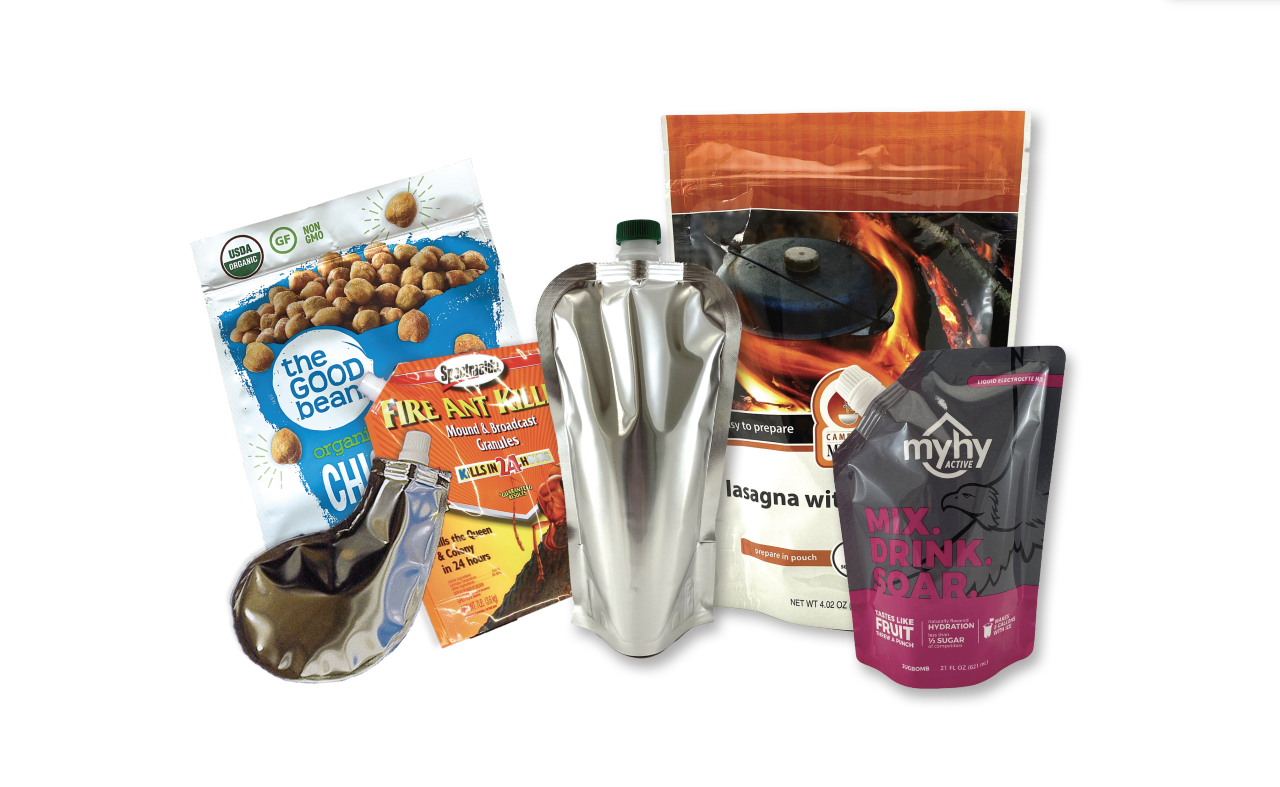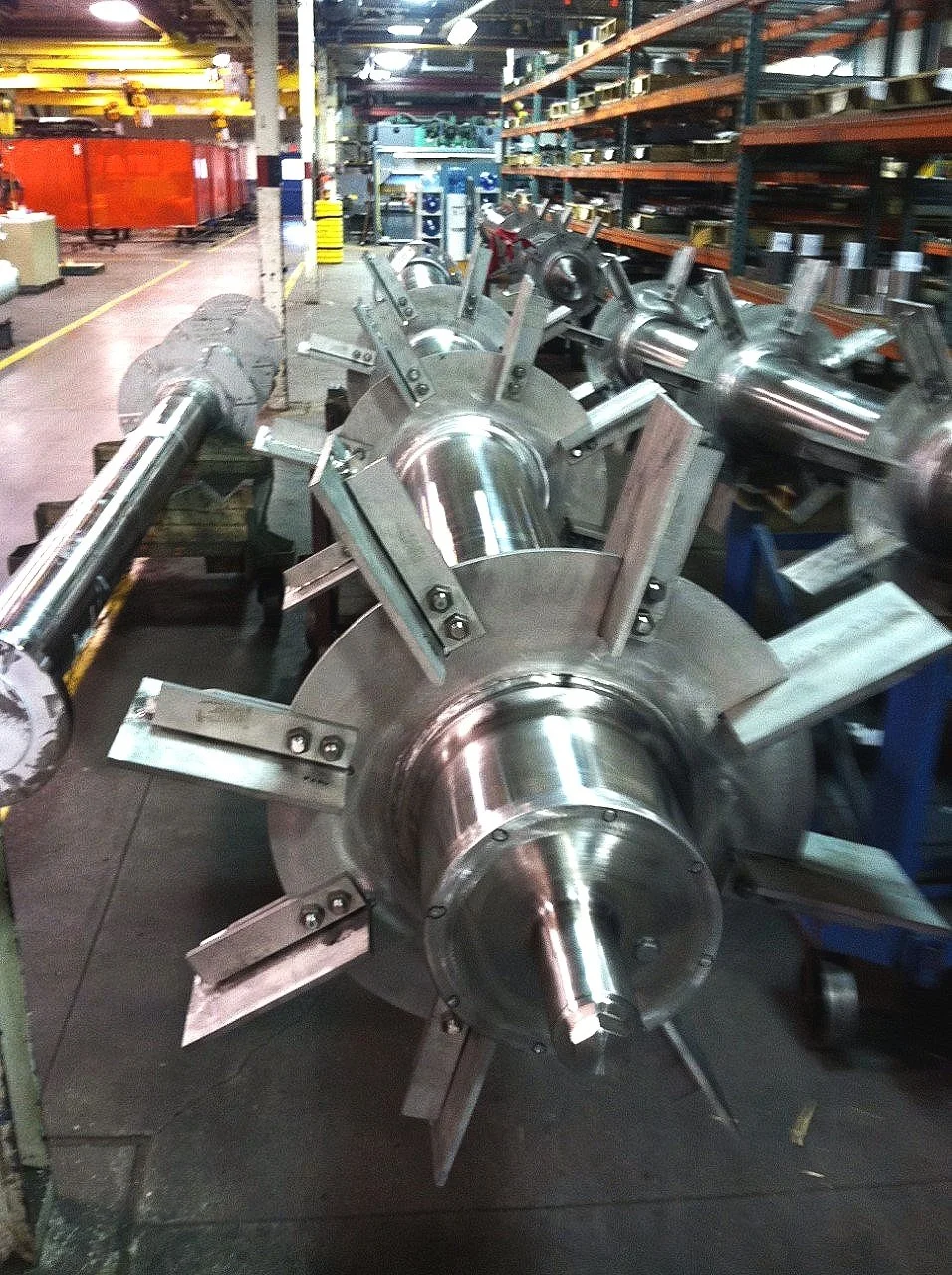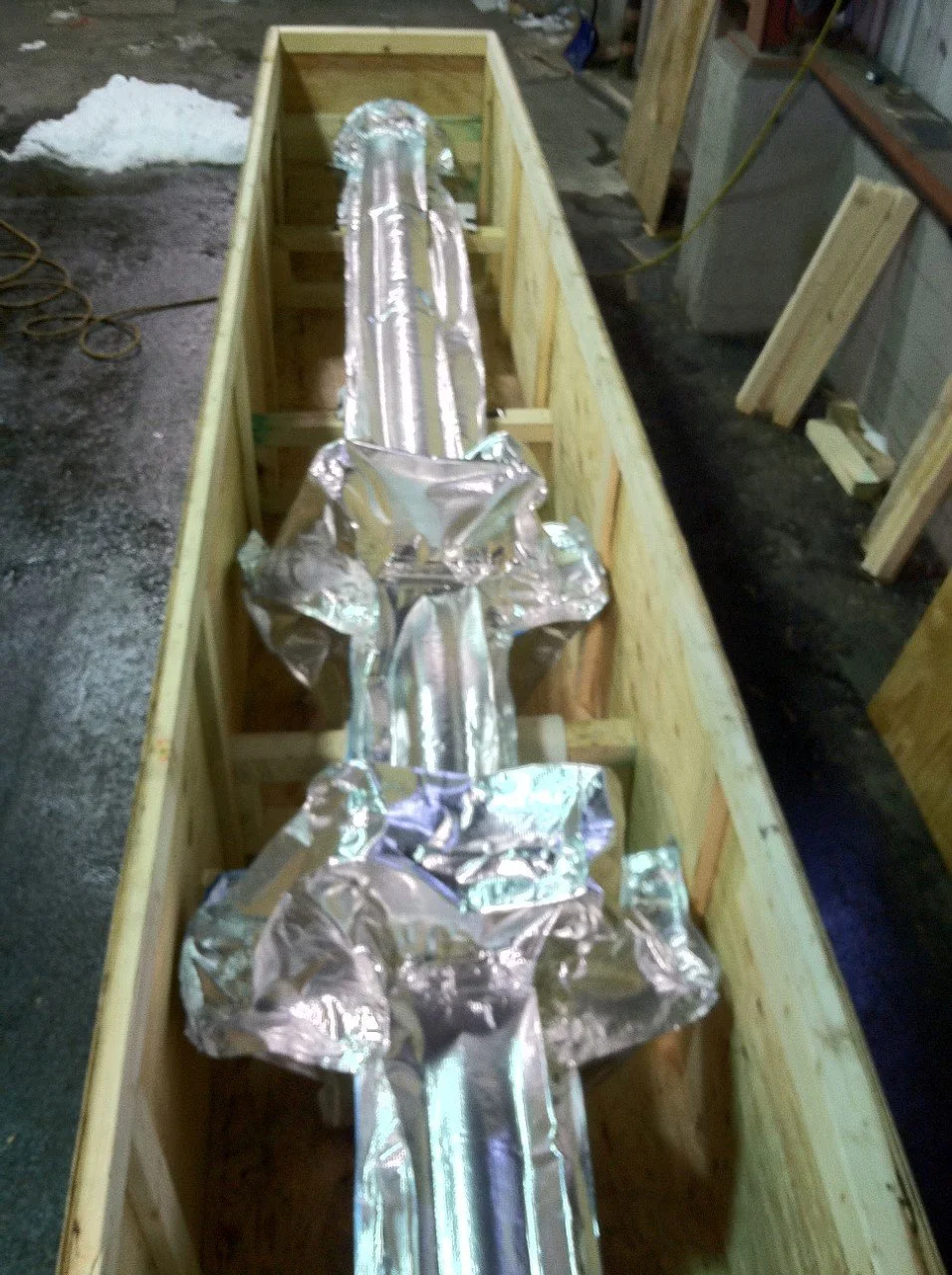Everything There Is to Know About Flexible Packaging
Well, Almost Everything…
The packaging industry is vast. Vast, nuanced, niched, and sometimes complicated. With more than 3 decades under our belt, we’ve dedicated ourselves to helping you navigate the industry to help your business thrive. Learn with us as we recap the basics of flexible packaging and answer the question, “Why use flexible packaging in the first place?”
The video below is a comprehensive overview broken into chapters. The text below the video is the same content, but in written form if that’s how you prefer to digest the content. The text below also contains helpful links referenced in the video so you can dig in to even more information. The video has chapters you can click individually or, of course, you can watch it in its entirety.
The chapters are:
If you’re new to our videos, be sure to subscribe in the footer of our website and like our social pages (Facebook & LinkedIn) so you don’t miss any of the important resources we’ll continue to share.
Industry Overview
Flexible packaging is an industry with both domestic and worldwide participation. According to the Flexible Packaging Association, “Flexible Packaging is the second largest packaging segment in the U.S., garnering about 19% of the $177 billion U.S. packaging market”. With continuous industry growth, one might wonder, "Why are so many businesses and organizations choosing flexible packaging over rigid packaging?"
Many people associate flexible packaging with products they see on the store shelf, like pouches and bags for food, laundry detergent, or cosmetics. In this vein, flexible packaging takes up less room in trucks and warehouses and thus less freight, fuel, and air pollution during shipment. Food products can reach maximum shelf life, helping to reduce food waste, and customers are attracted to finely printed and eye-catching graphics now widely available on commonly used laminations that can be configured in hundreds of shapes and sizes.
Some examples of flexible pouches in many shapes and sizes.
Beyond the retail store, there are many industrial applications that see an immediate impact from choosing flexible packaging because their applications are often high-risk and/or large in size. For example, an aerospace company in need of preserving military aircraft engines once had to custom fabricate enormous steel containers, weld them shut, then cut them open when needed. Our barrier covers eliminated the need for steel containers and created a solution that was a fraction of the size, weight, and expense. Large precision-machined steel tools used in mining that needed protection from corrosion once had to use coatings of greases and dips, then be cleaned before use. Our barrier covers with VCI technology eliminated the need for the two-step process, saving both time and money.
While there's certainly a time and place for rigid packaging, flexible packaging opens the door for innovation. Instead of searching for a packaging solution that your product fits in, convertors can manipulate materials and conform them to your exact specifications, tailoring each product to the right size, shape, and appropriate amount of barrier protection.
From small convertors to large corporations, there are many moving parts that take a package from the design concept to the finished product.
The flexible packaging industry is made up of:
Packaging engineers and designers
Flexible material manufacturers
Companies that print flexible materials
Companies that build equipment to process those materials
Converting companies like Heritage Packaging that convert the materials into products like pouches, bags, liners, and covers.
We aim to provide custom flexible packaging products that solve challenging packaging problems, contributing to the industry’s growth and reputation for solutions that are… out of the box! We do this using a wide array of flexible packaging materials and processes.
Types of Materials
Choosing the proper material for your application is our specialty, and is a critical aspect of protective flexible packaging. As a converting company, we typically work with flexible packaging materials that are classified as either mono-layer blown films, co-extruded blown films, or multi-layered laminated materials.
Mono-layer blown films look like a typical clear poly bag. They are made by melting a particular resin, or multiple resins and additives, then forcing that melted blend of ingredients through an extrusion dye, and blowing up the extruded material into a tubular film that gets flattened and wound onto a core.
Co-extruded blown films are made in a similar manner but with two or more blends being extruded simultaneously into the tubular configuration. When looking under a microscope, the film has clearly distinguishable layers. These co-ex films offer greater barrier properties than mono-layered films.
Multi-layered laminate materials are a combination of two or more pre-manufactured films or other material, like foil, paper, TYVEK, Polyester, or NYLON, that are bonded to one another by either adhesive, polyethylene, or a solvent. Laminated structures currently offer the highest level of barrier protection over the two flown film categories- more layers mean a more robust material with a higher barrier.
There are hundreds of different flexible packaging materials available within these categories. Among them, some are additionally categorized as Mil-Spec materials. Mil-Spec materials can be mono-layer film, co-ex film, or multi-layered laminations, but in order to be certified as a Mil-Spec material, the manufacturer must submit the film for government testing against a specific performance standard. If approved, it’s awarded inclusion on the Qualified Products List for that standard. (i.e. MIL-PRF 131, MIL-PRF 121, etc.) Any structure that is submitted for testing and approved can then be printed with the necessary Mil-Spec nomenclature and sold as Mil-Spec material, but the manufacturer can also elect to forgo that printing and sell the material for strictly commercial applications.
Whether or not a Mil-Spec material is required depends on your application’s specifications. Unless it’s specified for a commercial application, there are often other comparable options available; however, Mil-Spec materials CAN be used for commercial applications if desired.
Barrier Packaging
At Heritage Packaging, one of our specialties is highly protective barrier packaging.
An example of one of our large barrier covers
Barrier packaging is a type of flexible packaging. All flexible materials provide some degree of barrier; however, when discussing barrier packaging, we’re typically referring to packaging products made from materials that provide a higher level of protection against permeation than a typical polyethylene bag.
In our industry, permeation is the passing of liquids or gases through a material. A package made from a flexible barrier material prevents the permeation of things like moisture vapor, gas, and aroma, either inwards, outwards, or in both directions. For example, a pouch made from a high barrier material that contains fresh peeled garlic will keep the strong scent contained until it’s opened. If that pouch were made from mono-layered film, the aroma could permeate out of the pouch before it ever reaches the store or the customer.
Barrier packaging keeps food fresh, metals free from corrosion, cultural heritage items safe from degradation, and more. In future videos, we’ll take a closer look at potential hazards like corrosion, and how barrier packaging can protect metal items.
Sustainability & the Future of Packaging Materials
Both flexible packaging and flexible barrier packaging products offer solutions that are protective, innovative, cost-effective, consumer-friendly, and unique; but it’s undeniable that they also produce waste.
As society becomes more aware of the negative impact that our waste stream has had on our planet, efforts are being made in the industry to minimize the harm. Ongoing research is being done to develop materials that are bio-degradable, compostable, reusable, and more. While we haven’t found a perfect solution yet, progress is being made and Heritage Packaging is always on the lookout for sustainable materials that won’t compromise the quality of the packaging product. In the meantime, we work towards a workplace culture that is mindful of energy use and the impact of scrap material, always looking for impactful improvements that we can control.
The good news is that flexible materials take up significantly less space in a landfill than rigid materials, and require less resources to pack and transport, all of which benefit the environment. Work is also being done in the exploration of non-petroleum-based materials as raw feedstock for flexible packaging materials which, if successful, will reduce the carbon footprint of the material. As progress is made, the industry is quick to adjust and begin the implementation of new innovative ideas, and we look forward to telling you about new developments here.
What We Consider When Suggesting a Solution
With such a wide array of materials, processes, and customizations available to our customers, we have a lot to consider while guiding customers to the appropriate solution.
It’s important that we know what your product is, what regulations must be complied with, what filling or handling equipment your packaging needs to be compatible with, what the product is made of, and other specific details so that we can make informed suggestions, accurate quotations and move your project into production without any holdups or surprises.
We strive to find the highest performing yet economical choices for materials and processes that best suit your application. In doing so, we consider things like:
The material’s Moisture Vapor Transmission Rate, or the amount of gaseous H2O that permeates through a material over a specific time and under specific conditions, as well as the Oxygen transmission rate.
We evaluate any sharp edges to your product or handling processes to assess how much puncture and tear resistance is necessary.
We think about the service temperature range and make sure the final material can withstand the minimum and maximum temperatures.
We consider how well the material heat seals and if the seal strength will be strong enough for your application.
We discuss closure or sealing methods and consider what package configuration or shape makes the most sense for your products and goods.
We consider what mode of transport will be used, and how the product is loaded into the packaging to avoid damage from your handling processes.
We often see businesses unknowingly ask for improper materials, heat seals, closure methods, and more, due to a lack of technical knowledge that only packaging professionals would know, but when you work with our team of engineers, machine operators, and hand fabricators, you’re guaranteed to get the perfect package.
Whether you’re looking for a custom solution from Heritage Packaging or have less demanding needs that can be met with an off-the-shelf product from an online retailer, it’s important to understand what your packaging product or material needs to do for the application.
We’ve created a free checklist to help you understand your product’s needs and to help describe your needs to your packaging provider. Download it by clicking here.
Conclusion
If you want to keep learning, be sure to sign up for our newsletter to have our content delivered straight to your inbox.
Need to talk to our team about your specific challenges? Send us an email, fill out our quote form, or give us a call to see if an engineered flexible packaging solution is right for you.
Take care!





